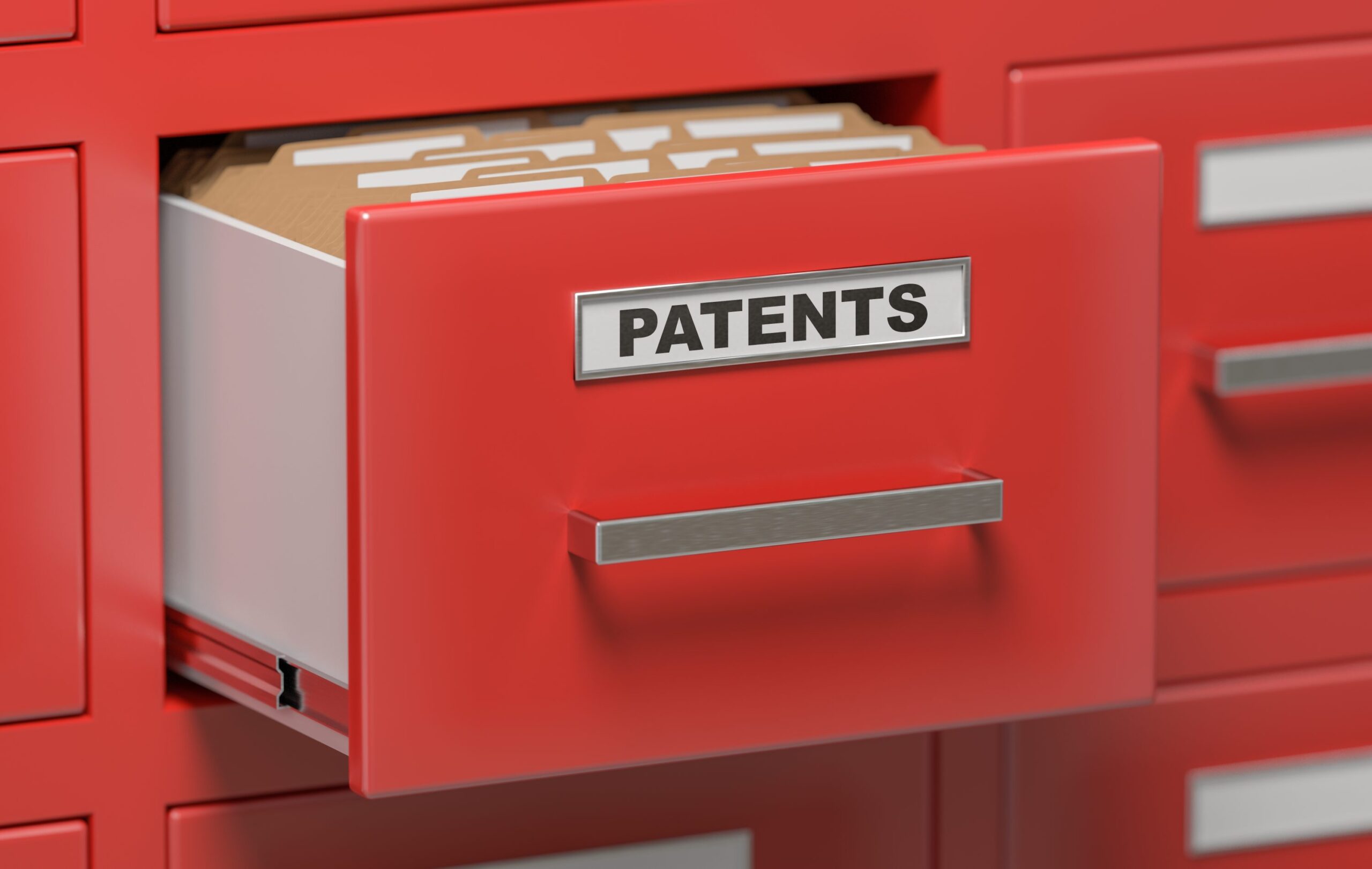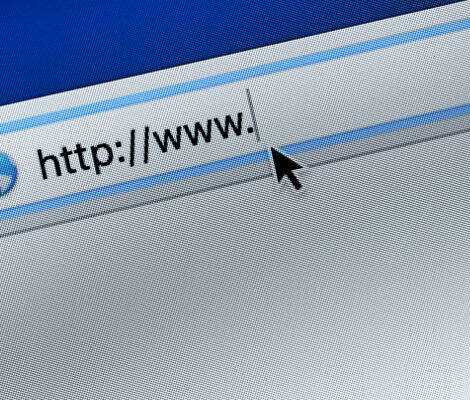Balancing Patent Rights and Need for Introduction of The Concept of Fair Use in Patent Law
Introduction
“Balance” as a word for Intellectual Property Rights was not introduced in the early agreements like the Paris Convention, the Berne Convention or the Madrid Agreement. The word was explicitly used only starting from the TRIPS Agreement. Article 7 of the TRIPS Agreement states that “The protection and enforcement of intellectual property rights should contribute to the promotion of technological innovation and to the transfer and dissemination of technology, […] in a manner conducive to a balance of rights and obligations.” It since the introduction of this Article, the concept of “Balance” was used in respect with Intellectual Property.
Why balance is needed?
As the TRIPS Agreement explicitly mentions in Article 7, the enforcement of the IP Rights must be in conducive to a balance of rights and obligations. Here, the law seeks for a balance between rights of the inventor of a patent and his obligations towards the country or humanity in general. In other words, it can be stated that there is a need to strike balance between the right holders and the larger public interest.
The Patent Protection of Pharmaceutical Products, Canada, argued that the “balance” as stated in the TRIPS Agreement did not simply mean the balance between the rights and obligations, instead it was a balance between the intellectual property rights created by the agreement and other socio-economic policies.
The WTO policy statements provides that the TRIPS Agreement attempts to strike a balance between the long-term objective of future inventions by providing incentives and short-term objectives of public access of the invention for a nominal cost. Attaining balance is more specifically necessary in the context of public health and access to drugs.
It is important to strike a balance between the high cost for invention and production of drugs and the access of the same to the general mass, especially the developing and the least developed countries.
To attain a balance between the rights and obligations of the patent holder or between the rights of the patent holder and the public interest or between the cost and incentives of production and the access of drugs to the public, it is important to ascertain a balance between the rights given to the IP holder and the exceptions to those rights. In other words, it is important to have both the rights to the creator and a “fair-use” exception to the general public so as to use the creation without being considered to have infringed the IPR of the creator.
Fair use in patent law
The “fair use” concept is explicitly used in the context of Copyrights and exceptions to Copyrights. However, through time, it is observed that there are quite a number of copyrights and an overlaps between copyrights and patents.
Both copyrights and patents help in the growth of the economy and also have the same objective of providing for a monopoly over the creation for a limited time period. Patents, without any exception in regards to fair use enable the creator and provide him the exclusive rights to use, sell, or license his creation the way he wants and another person gets no chance to use the creation in any manner. It is therefore necessary to have the concept of fair use introduced to Patents.
Justification of Fair Use in Patents: Copyrights and patents are increasingly overlapping. Four separate structural issues areas comment on the comparison between copyrights and patents and conclude with the need for the fair use concept for patents. Along with the structural issues, there is market and legal shift that also throws importance on the need for fair use in patents.
1. Structural Issues- Intellectual Property Law provides every state the right to promote science in regards to patent law and to promote useful arts in regards to copyright laws. It is however stated by scholars that these two rights are not to be analyzed separately but to be seen as complimentary to one another. In such a case, there is a chance of more overlap between the two regimes on the basis of its subject matters which includes the need for the fair use doctrine in patent laws as it is in the copyright laws.
Copyrights and Patents both have the same objective, which is to protect the creation and to encourage further creations. This objective is satisfied by providing a standard for protection and rights to the creator so as to not let a third party use the creation as his own i.e., protection against infringement. Both the regimes are focused on balancing the rights of the creators and the creation made by him; the concept of fair use does this work effectively under copyrights and it is only true to assume that fair use would be beneficial under patents as well.
The patent laws are stricter in application when compared to copyrights. This is to mean that there are stricter requirements to be fulfilled to obtain a patent than it is to obtain a copyright. It is hence, easier for a person to infringe a patent through a small similarity than it is to infringe a copyright. It particularly occurs in case a product has failed in the market, in which case patents prevent another person to follow up and modify the patent of the failed product without a license. This causes a lot of loss and unnecessary delay proving a necessity for a fair use concept to patents.
Lastly, the scope of the two regimes is limited by different methods. While the patent law limits the scope of the use of the patented product , in the copyrights law, the scope is established after the creation of the work. This establishment is done through fair use, making copyrights easily adaptable to the changes and innovative uses of the protected subject matter. With the introduction of fair use for patents, it makes patent laws adaptable to the prevailing circumstances.
2. Market and Legal Shifts: Market and legal shifts are two kinds of shifts that support the need for fair use concept. Doctrine of equivalence is one such doctrine that connects to market failures. Equivalence is when one product is used in place of another, the function of which is similar to the other, causing an infringement. For example, an invention of a nail, a screw, and a binding tape. These products, though used for different places, have the same functions which is to bind two or more objects together. In technological fields, determining equivalency becomes difficult and there is an increased chance of market failure, as the doctrine of equivalence can be manipulated to increase the scope of patents. Alongside the market shift, there is an increase in the legal shift in regards to patents. There are a lot of judicial decisions which are pro-patents, extending the patent rights to new innovations. With the increase in the patentable subject matters, it is evident that there is a likelihood of market failure. Comparing this to copyright law, it is clear that there is a need for fair use concept to regulate patents.
Test for Fair Use:
Professor Maureen O’Rourke from Boston University has vocalized about the lack of fair use doctrine in patents. Accordingly, she has proposed five-factor test for the fair use in patent.
- Nature of innovation– The first factor determines the fair use exception based on how different the innovation is when compared to the original invention. The greater the difference, higher the chance for the implementation of the fair use doctrine.
- Purpose of the infringing use– This second factor takes into consideration the reason for the infringing use, whether the use is for a direct commercial purpose or indirect commercial purpose or non-commercial purpose. A non-commercial or a lesser commercial purpose is likely to benefit from the fair use doctrine.
- Market failure- The third factor is the type, nature and strength of the market failure which leads to preventing a license from being concluded.
- Impact on the market of the patentee– The fourth factor provides importance to the impact the infringement has on the market of the patentee. If the innovation is transformative and/or does not affect the incentives derived by the patentee or does not affect the position of the patentee in the market, such infringement can be considered as a fair use.
- Nature of patented work- This factor is similar to the first factor but this factor includes a condition for the patented invention to be less pioneering. A pioneer invention is more likely not to get any fair use benefits.
As seen above, factors one and five are similar as both speak about the nature of the work. As a result, both can be clubbed and a total of four test factors can be inferred.
Conclusion
It can hence be said that the “fair use” doctrine is necessary in today’s fast moving technological world, then ever. Patent law can be more flexible and cater to the current day conditions with the help of fair use, but remains rigid in every sense and if difficult to adapt to changing conditions. But with fair use, which is a subjective concept, it can be interpreted according to prevailing circumstances, thereby making it more effective.
References 1. Miller, Joshua I. "Towards a Doctrine of Fair Use in Some of Patent Law." Intellectual Property Brief 2, no. 3 (2011): 56-63. https://digitalcommons.wcl.american.edu/cgi/viewcontent.cgi?article=1062&context=ipbrief 2. The Quest for Balance in Intellectual Property Law: An Emerging Paradigm or a Fad? http://atrip.org/wp-content/uploads/2016/12/2009-2Andrea-Wechsler.pdf 3. Llewellyn Joseph Gibbons and Xiao Li Wang, Striking the "Rights" Balance Among Private Incentives and Public Fair Uses in the United States and China, 7 J. MARSHALL REV. INTELL. PROP. L. 488 (2008). https://repository.law.uic.edu/cgi/viewcontent.cgi?article=1160&context=ripl




